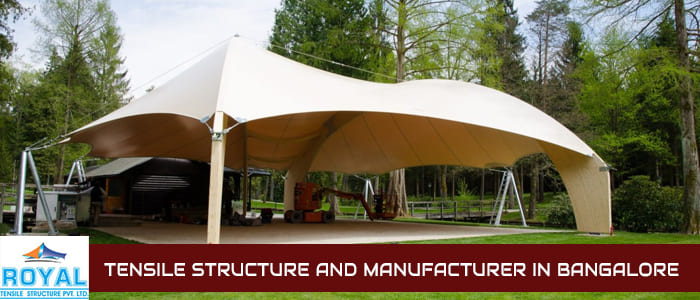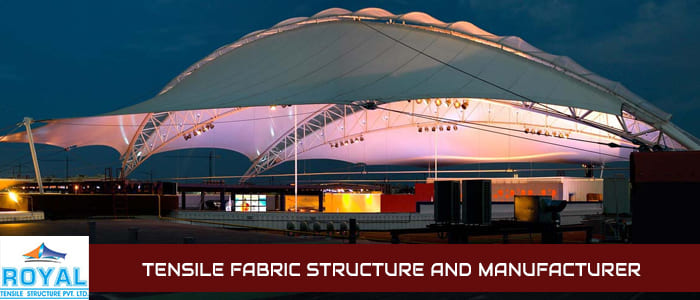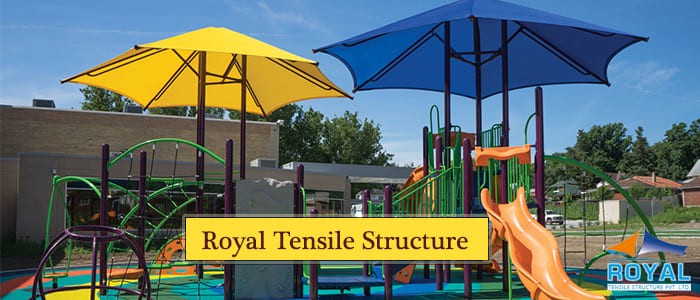Innovation of Tensile Walkway Structures
May 27, 2025 By admin

Innovation of Tensile Walkway Structures
In today’s era of sustainable and aesthetic urban development, tensile walkway structures have emerged as a revolutionary solution for functional and visually appealing covered walkways. These innovative structures are changing how architects, builders, and city planners approach pedestrian movement and shelter across campuses, commercial complexes, transport hubs, and public parks.
What Are Tensile Walkway Structures?
Tensile walkway structures are fabric-based shelters designed to cover pedestrian paths. Engineered using high-tensile membranes, such as PVC-coated polyester, PTFE, or ETFE, these structures rely on tension forces rather than heavy frameworks for stability. This allows them to create long-span, lightweight roofing solutions with minimal structural elements.
Innovation in Design and Engineering
The innovation behind tensile walkway structures lies in the blend of modern materials, computational design, and advanced fabrication techniques. Unlike traditional covered walkways that require bulky columns or rigid roofing, tensile structures offer:
- Sleek and elegant forms that enhance architectural aesthetics.
- Customizable curvature and profiles to suit any walkway layout.
- Natural light diffusion through translucent membranes reduces the need for artificial lighting during the day.
Modern tensile walkways can be designed to complement green infrastructure, serve as artful installations in public spaces, and integrate features like solar panels, LED lighting, and rainwater harvesting systems.
Advantages of Tensile Walkway Structures
- Lightweight & Durable: Engineered fabrics are weather-resistant, fire-retardant, and capable of withstanding high wind and snow loads.
- Quick Installation: Prefabrication and modular design lead to faster installation with minimal disruption.
- Cost-Effective: Lower structural requirements reduce material and labor costs.
- Environmentally Friendly: The use of recyclable materials and passive lighting solutions supports sustainability goals.
- Versatility: Suitable for a wide range of applications—from corporate campuses to railway platforms and urban walkways.
Applications Across Industries
Tensile walkway structures are now common in:
- Educational and medical campuses
- Metro and railway stations
- IT parks and industrial zones
- Shopping malls and public plazas
- Resorts and luxury hotels
They provide not just protection from the sun and rain but also elevate the look and feel of any development.
Future Trends in Tensile Walkways
The future of tensile walkway structures is moving toward smart integration. With developments in parametric modeling and sustainable materials, we’ll see more adaptive designs, responsive lighting systems, and integration with IoT technologies for a better user experience and maintenance.
Conclusion
The innovation of tensile walkway structures marks a new chapter in modern architectural design, where functionality meets artistry. By offering a flexible, sustainable, and visually dynamic alternative to traditional covered walkways, these structures are shaping how people experience and interact with built environments.
Whether you’re planning a commercial project, a transit facility, or a public park, investing in tensile walkway innovation is a step toward smarter, greener, and more elegant infrastructure.


